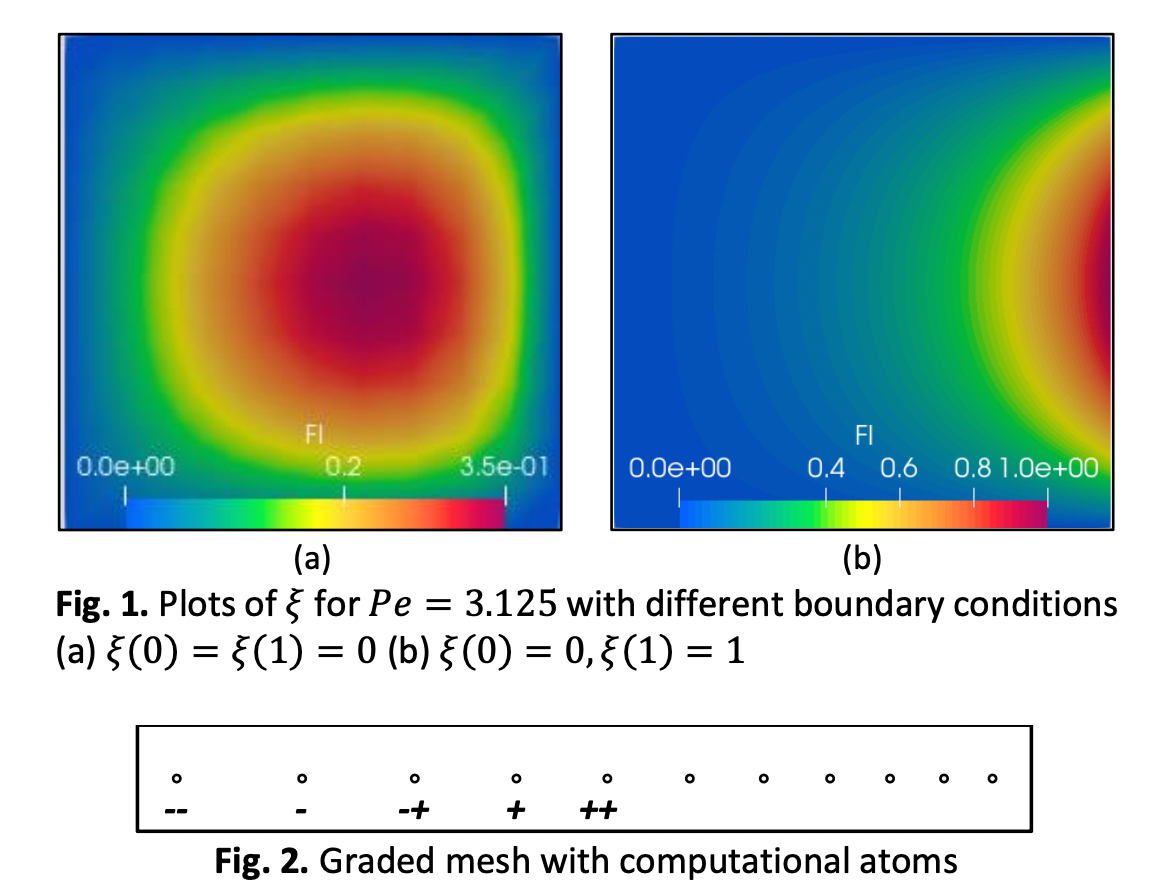Effect of Graded Mesh Number on the Solution of Convection-Diffusion Flow Problem with Quadratic Source
DOI:
https://doi.org/10.37934/arfmts.103.1.179191Keywords:
Convection-diffusion flow, graded mesh, linear logarithmic modelAbstract
Convection-diffusion phenomena are fundamentally modelled in a variety of engineering fields and physical sciences. A suitable meshing strategy is needed in computational fluid dynamics to solve model problems numerically. Unintentional implementation of the approach could lead to subpar solutions such as erroneous oscillations, over- or under-predictions, and excessive computing time. This paper highlights the significance of the influence of mesh structure on the solution of convection-diffusion flow problem with quadratic source for flow parameters of interest. Particularly, it presents the accuracy of the solution of the flow problem at low Peclet number with respect to graded mesh number, where the expansion factor used is based on an established linear logarithmic model involving Peclet number derived in previous works. The problem is solved by assigning several mesh intervals to graded mesh against each Peclet number of interest. Based on the values of the interval and Peclet number, 16 test cases are considered. Quantitative results lead to orders of accuracy of the solution of the flow problem. The effect of graded mesh number on the accuracy thus serves as a reference for a more structured decision-making and improves the heuristic process in choosing the computational domain mesh with expected order of accuracy for the numerical solution of the problem particularly in the calculation of scalar concentration. The orders of accuracy confirm the profiles of concentration.
Downloads
































